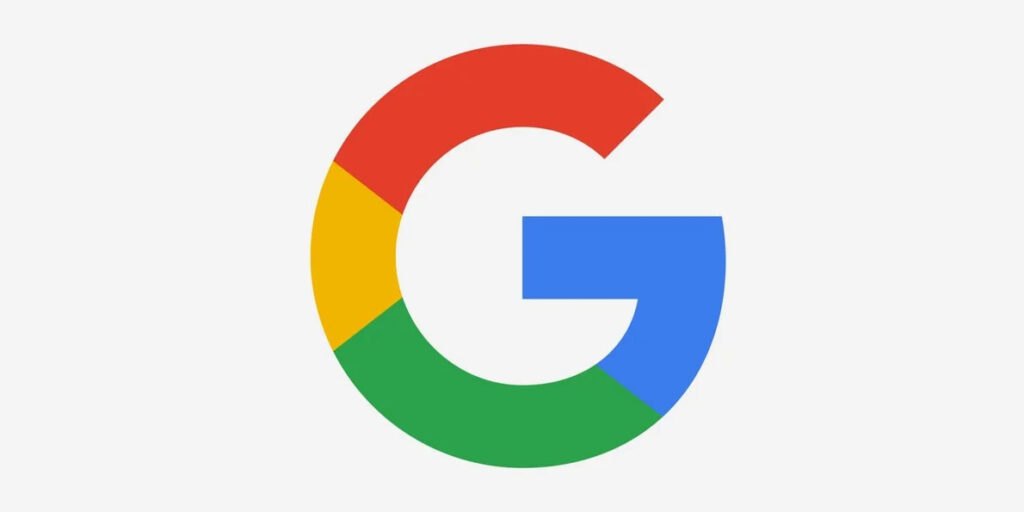The Need for Google Consent Mode: Why It Should Be Taken Seriously

In the age of data privacy and user consent, businesses are navigating an increasingly complex landscape of regulations, consumer expectations, and technological challenges. Google Consent Mode, introduced as a solution to help websites manage user consent for tracking, is not just another tool—it’s a necessity for any business serious about respecting user privacy while maintaining the effectiveness of their digital marketing efforts. Here’s why you should take Google Consent Mode seriously.
1. Adapting to Privacy Regulations
With the advent of data protection regulations like the General Data Protection Regulation (GDPR) in Europe and the California Consumer Privacy Act (CCPA) in the United States, the way businesses handle user data has been fundamentally reshaped. These regulations enforce strict guidelines on obtaining user consent before collecting or using their personal information. Non-compliance can lead to hefty fines and significant reputational damage.
Google Consent Mode allows businesses to adjust the behavior of Google’s tags (such as Google Analytics and Google Ads) based on the user’s consent status. If a user does not consent to being tracked, Consent Mode ensures that the tags operate in a more privacy-focused manner, collecting only necessary data without compromising user trust or violating regulations. By integrating Consent Mode, businesses can more easily align with these regulations, thereby minimizing the risk of penalties.
2. Maintaining Data-Driven Insights
A key concern for many businesses is that increasing privacy restrictions will lead to a loss of valuable data insights, which are crucial for optimizing marketing strategies and improving user experiences. Google Consent Mode offers a balanced approach by allowing businesses to continue gathering essential analytics data even when users opt out of tracking.
When users decline consent, Google Consent Mode automatically adjusts tags to collect only aggregated, non-identifiable data. This means you can still access high-level analytics like page views and conversion rates without infringing on individual privacy. By doing so, businesses can continue to make data-driven decisions while respecting user preferences.
3. Enhancing User Trust and Experience
In an era where consumers are becoming more aware of how their data is used, gaining and maintaining user trust is paramount. Google Consent Mode helps businesses be transparent about their data practices, giving users control over their consent decisions. This transparency is a cornerstone of building trust and long-term customer relationships.
By implementing Consent Mode, businesses send a clear message to their users: “We respect your privacy and value your consent.” This approach not only helps in complying with regulations but also improves the overall user experience by aligning business practices with user expectations.
4. Improving Advertising Efficiency
Digital advertising relies heavily on accurate data to target the right audiences and measure campaign performance effectively. Google Consent Mode ensures that your advertising efforts remain efficient, even when some users opt out of tracking. By using modeled data for users who do not consent, Consent Mode fills in the gaps left by missing data, allowing businesses to maintain advertising performance without compromising compliance.
This feature ensures that your advertising budget is used efficiently, and your marketing strategies remain robust, even in a consent-first digital environment. It’s a way to maintain the effectiveness of ads without compromising on privacy—a win-win for both businesses and consumers.
5. Future-Proofing Your Business
The digital landscape is continually evolving, with privacy becoming an increasingly central focus. By adopting Google Consent Mode now, businesses can future-proof their operations against upcoming changes in privacy laws and industry standards. As more regulations are introduced and user awareness grows, businesses that proactively adopt consent management tools like Consent Mode will be better positioned to navigate these changes smoothly.
Investing in such technology early on not only demonstrates a commitment to compliance but also sets a strong foundation for adapting to future developments in data privacy.
Conclusion
Google Consent Mode is not just a compliance tool—it’s a strategic asset that allows businesses to respect user consent, maintain data-driven insights, and enhance the overall user experience. In a world where privacy is becoming a non-negotiable aspect of digital interactions, taking Google Consent Mode seriously is not just about following the rules; it’s about leading with responsibility and foresight.
By integrating Google Consent Mode, businesses can stay ahead of privacy regulations, protect their reputations, and continue to thrive in a consent-first world. It’s a small step towards compliance but a giant leap towards building trust and ensuring the longevity of your digital strategy.
Get In Touch
If you would like some advice on how to upgrade your website so it is compliant – get in touch today for a free no obligation chat about how we can help.
